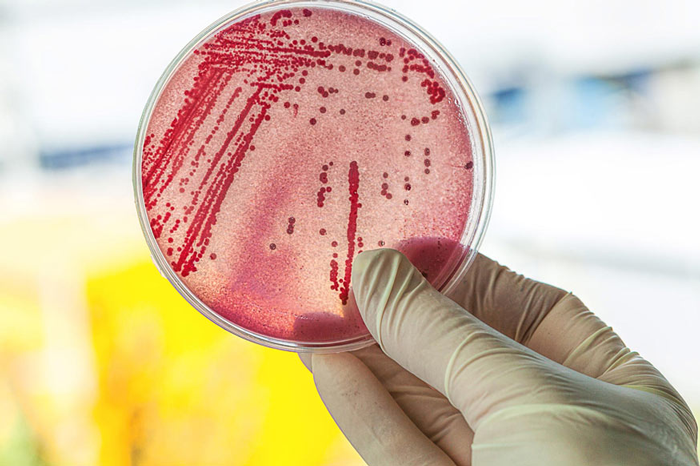What is the concept of coliform?
Coliform is a group of bacteria that can indicate water contamination by testing for their presence. Coliform includes many types of bacteria, some of which are harmful to human health. Coliforms are commonly present in natural environments such as soil, water and organic matter, but their presence in drinking water can be a sign of contamination.

Effects of using coliform-contaminated water in daily activities
Using water contaminated with coliform in daily activities can bring the following harmful health and environmental effects:
- Risk of infection: Coliforms do not always cause illness, but their presence can be a sign of water contamination by other pathogenic bacteria such as E. coli and Salmonella. Exposure to coliform-contaminated water can increase the risk of diarrhea, enteritis, diarrhea and other problems related to pathogenic bacteria.
- Risks for children and the elderly: Children and the elderly often have weaker immune systems, so they may be more severely affected by bacteria in coliform-contaminated water.
- Consumes medical resources: Infection can lead to complex and expensive medical treatment. This can put pressure on the healthcare system and patients' personal finances.
- Effects on the environment: Coliform contamination in water can also affect the environment, especially when water is discharged into the environment without treatment. Coliform bacteria can pollute water and affect the ecosystems of rivers, lakes and other natural water sources.
- Impact on quality of life: Consuming coliform-contaminated water can affect people's quality of daily life, causing inconvenience and health concerns.

Measures to treat coliform in domestic water
To treat coliform in domestic water, there are a number of measures that can be taken. Here are some common ways to treat coliform in domestic water:
- Use a water treatment system: Install a water treatment system such as a water filtration system or filter to ensure the removal of coliform and other contaminants from drinking water.
- Using UV light: UV light can be used to kill coliform bacteria and other types of bacteria in water. This is an effective water treatment method and does not produce chemicals.
- Chlorination technique: Using chlorine or chlorine compounds to disinfect water, remove coliform bacteria and other pathogens. However, it is necessary to use chlorine that is safe for health.
- Boil water: Boiling water before use is a simple and effective way to kill coliform bacteria and make water safer to drink.
- Use disinfectant chemicals: Use disinfectant chemicals such as chlorine, ozone, or other antibiotics to disinfect water.
- Ventilation filtration: Install a ventilation filtration system to remove coliform and other contaminants from the water.
- Periodic water quality testing: Perform periodic water quality testing to ensure that the water being used is free of coliforms or other disease-causing bacteria.
- Water supply system maintenance: Regularly maintain and clean your home's water supply system to ensure that there is no contamination from water pipes or filtration systems.


